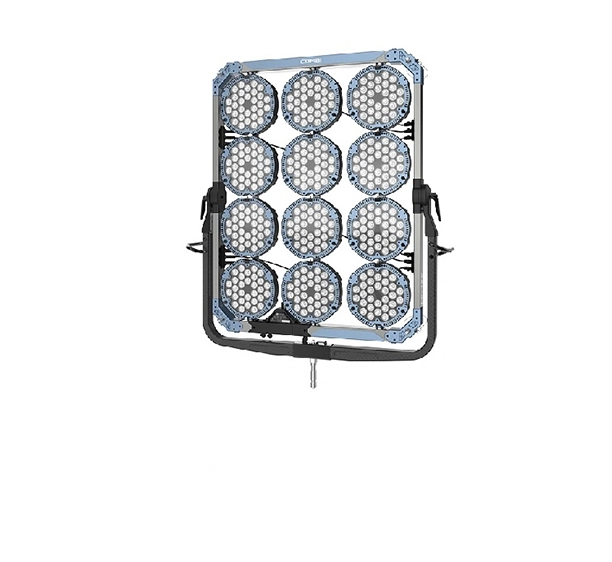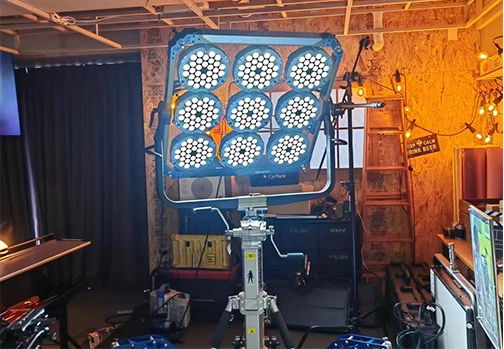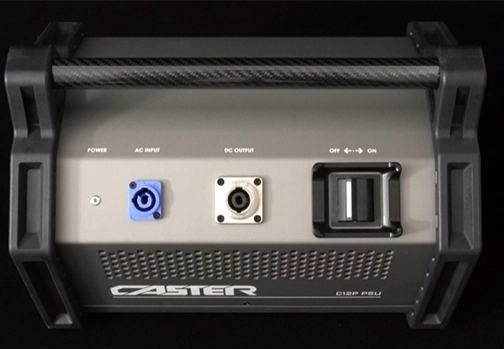Film studio lighting stands as a pivotal element in the enchanting realm of cinema, contributing significantly to the magic that brings movies to life. From establishing the mood of a scene to accentuating pivotal elements, the nuanced application of lighting profoundly shapes the overall experience for the audience. In this blog, we embark on a journey into the captivating world of film studio lighting techniques, unveiling their significance in crafting memorable cinematic moments.
The Artistry of Lighting: Crafting the Scene
Film studio lighting, as an art form, involves the deliberate manipulation of light to create an atmosphere that amplifies the unfolding narrative. It operates as a silent collaborator, seamlessly partnering with the story to enhance emotional depth and visual aesthetics. Whether orchestrating stark shadows and dimly lit corners for a suspenseful thriller or casting soft, warm glows for a romantic comedy, lighting serves as a catalyst, seamlessly transporting viewers into the director's envisioned world.
Three-Point Lighting Technique: Illuminating the Stars
Fundamental to film studios, the three-point lighting technique intricately illuminates the subject, infusing depth and dimensionality into the frame. Comprising a key light, fill light, and backlight, this method strategically highlights the subject's features, softens shadows, and creates a rim of light around the subject, enhancing their on-screen presence. The three-point lighting technique ensures that the audience's focus remains on the actors, elevating their prominence within the visual narrative.
Mood Lighting: Eliciting Emotions
Film studio lighting emerges as a potent tool for evoking specific emotions within the audience. Through precise manipulation of light intensity, color temperature, and direction, filmmakers can immerse viewers in a spectrum of feelings—from excitement and joy to fear and suspense. In the realm of horror movies, low-key lighting and shadowy settings generate an eerie atmosphere, heightening anticipation and fear. Conversely, vibrant and saturated lighting techniques characterize upbeat and energetic scenes, eliciting feelings of happiness and positivity.
Natural Lighting: Embracing Authenticity
While film studios possess sophisticated lighting equipment, a rising trend embraces natural lighting techniques to foster a genuine and authentic visual experience. Natural lighting contributes to a more authentic representation of the real world, infusing a sense of believability into a film. Techniques like day-for-night shooting, where scenes are filmed during the day but manipulated to appear as if shot at night, blur the lines between reality and fiction. This fusion of natural lighting and artificial techniques adds layers of depth and authenticity to the storytelling.
In conclusion, film studio lighting techniques stand as integral components of the filmmaking process, wielding the power to craft scenes, illuminate stars, evoke emotions, and deliver authentic visual experiences. Whether through the conventional three-point lighting technique or the innovative use of natural lighting, the impact of lighting in cinema is profound. The next time you indulge in a movie, take a moment to acknowledge the concealed artistry behind the meticulously crafted lighting—the enchanting force that breathes life into the director's vision.
 English
English 日本語
日本語 한국어
한국어 Español
Español italiano
italiano العربية
العربية






